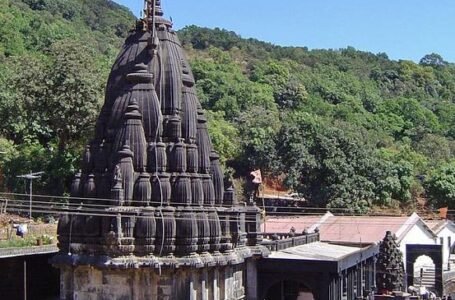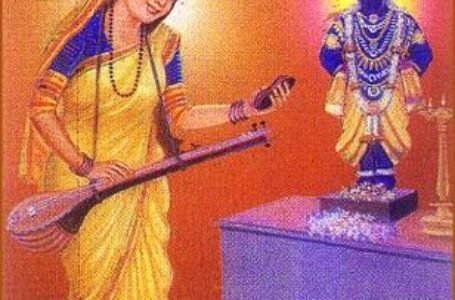Decoding the rhythms of Tabla: India’s Iconic Percussion Instrument
- Medieval history Asian history Lifestyle
 Shweta Toppo
Shweta Toppo- January 31, 2023
- 0
- 528
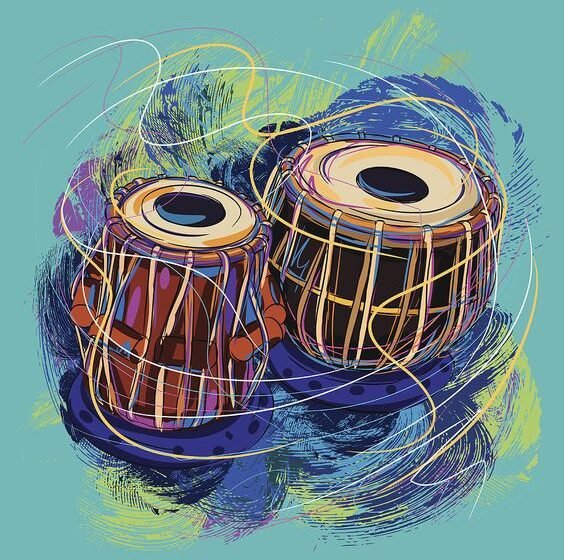
Tabla is a traditional Indian percussion instrument that has been integral to Indian classical music for centuries. Consisting of a pair of drums, the tabla is played with the fingers and palms of the hand, creating a wide range of intricate rhythms and sounds. Its unique and versatile nature has made it one of the most popular instruments in Indian music, and it continues to be a beloved instrument among music enthusiasts around the world.We will explore the history, construction, and techniques of playing the tabla, as well as its role in Indian classical music and its cultural significance. Whether you’re a beginner looking to learn the basics or an experienced musician looking to deepen your understanding of the instrument, this guide will provide valuable insights and tips to help you master the art of tabla.
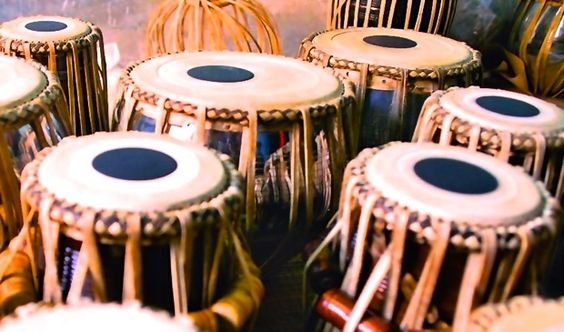
ORIGIN OF TABLA
The origin of the tabla is not well-documented, but it is believed to have originated in the northern regions of the Indian subcontinent, possibly in the 13th or 14th century. The instrument is thought to have evolved from a variety of indigenous drumming traditions, as well as from the influence of Persian and Central Asian musical styles. The tabla as we know it today is a combination of two drums: the small, high-pitched dayan and the larger, lower-pitched bayan.
Over time, the tabla has undergone various changes in terms of construction, playing technique and styles. During the Mughal period, the tabla was heavily influenced by Persian and Arabic music, and the instrument’s construction and tuning methods were refined. In the 19th and 20th centuries, the tabla was further developed by a number of legendary musicians and gurus, who added new playing techniques and expanded the range of the instrument. Today, the tabla is an integral part of Indian classical music and is also played in a variety of other music genres such as film music, devotional music, and fusion music.

HOW THE TABLA IS MADE
The tabla is made up of two drums: the dayan (meaning “right”) and the bayan (meaning “left”). The dayan, also known as the “tabla,” is the smaller and higher-pitched of the two drums. It is usually made of wood, with a spherical or conical shape. The top of the drum is traditionally made from a animal skin called “goat skin” which is tightened over the opening of the drum with ropes made from the same animal skin.
The bayan, also known as the “dagga,” is the larger and lower-pitched of the two drums. It is usually made of metal, with a cylindrical shape. The top of the bayan is traditionally made from an animal skin tightened over the drum’s opening with ropes made from the same animal skin.
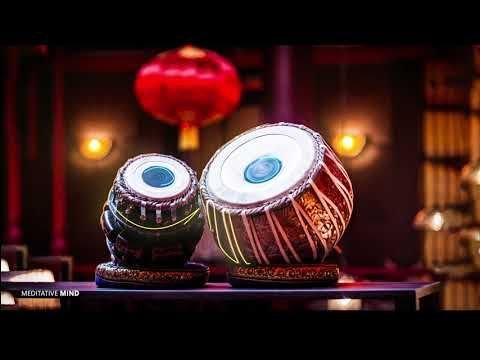
The playing surface of both drums are covered with a mixture of black paste made of iron filings, gum and water, which is used to change the pitch of the drums. This mixture is spread evenly over the surface of the drumhead and left to dry, which makes the drumheads tight and increases their sound quality.
The tabla is a complex instrument that requires skilled craftsmanship to build. The process of building a tabla can take weeks or even months, and requires a great deal of skill and experience to produce a high-quality instrument.

TYPES OF TABLA
There are several different types of tabla found in India and other parts of the world, each with its own unique characteristics and playing style. Some of the most common types include:
- Punjabi tabla: This is the most widely used type of tabla and is known for its clear and sharp sound. It is commonly used in classical and semi-classical music and is also popular in film music.
- Delhi tabla: This type of tabla is known for its deep and resonant bass sound. It is commonly used in classical music and is often favored by solo performers.
- Lucknow tabla: This type of tabla is known for its soft and delicate sound. It is commonly used in light classical music and is also popular in devotional music.
- Benares tabla: This type of tabla is known for its bright and powerful sound. It is commonly used in classical music and is also popular in fusion music.
- Farrukhabad tabla: This type of tabla is known for its sharp and clear sound. It is commonly used in classical and semi-classical music and is also popular in film music.
- Dhap: This is a two-headed frame drum which is played with the fingers and palms of the hand, similar to the tabla. It is commonly used in folk music and is also popular in devotional music.
Please note that these are generalizations, the sound of the tabla depends on the skill of the player, and the quality of the instrument as well.
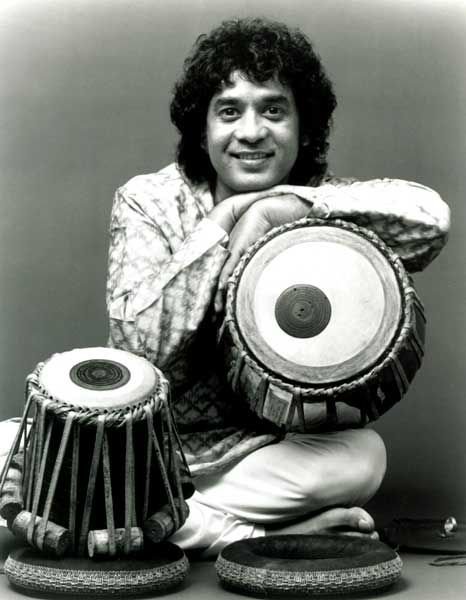
FEATURE OF TABLA
The tabla is a versatile and intricate instrument with a wide range of features that contribute to its unique sound and playing style. Some of the main features of the tabla include:
- Pitch and Tone: The tabla has a wide range of pitch and tone, with the dayan (the smaller drum) producing higher-pitched sounds and the bayan (the larger drum) producing lower-pitched sounds.
- Playing Surface: The playing surface of the tabla is covered with a mixture of black paste made of iron filings, gum and water, which is used to change the pitch of the drums. This mixture is spread evenly over the surface of the drumhead and left to dry, which makes the drumheads tight and increases their sound quality.
- Tuning: The tabla is a finely tuned instrument, and the pitch of the drums can be adjusted by tightening or loosening the ropes that hold the drumheads in place.
- Playing Techniques: The tabla is played with the fingers and palms of the hand, and a wide range of playing techniques are used to create intricate rhythms and sounds. Some of the most common playing techniques include: bols (rhythmic syllables), tukdas (combinations of bols), and gat (a specific pattern of bols).
- Cultural Significance: The tabla is an important part of Indian culture and has a long history in Indian classical music. It is also widely used in devotional music and film music, and has become an important instrument in the global music scene.
- Performance: The tabla is a percussive instrument and is primarily used as an accompaniment instrument, but it also has a solo tradition. It can be played solo or in ensemble with other instruments, especially with the sitar, sarod, flute etc.
- Styles: The tabla has several regional and individual styles, such as the Punjab, Farrukhabad, Benares, Delhi, Ajrara and many more. Each style has its own unique features and playing techniques.
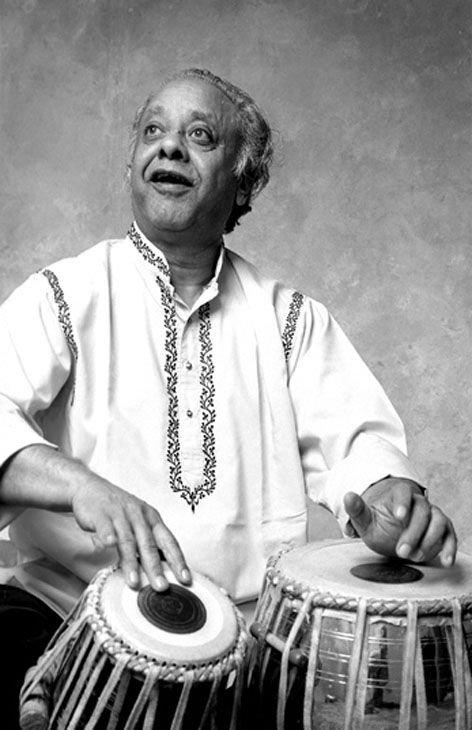
LIST OF FAMOUS MUSICIAN OF TABLA
There are many accomplished and famous musicians of tabla from India and around the world. Here is a list of some of the most well-known and respected tabla players:
- Alla Rakha: Considered one of the greatest tabla players of all time, Alla Rakha was known for his virtuosity and musicality. He was a frequent collaborator with Ravi Shankar and many other classical musicians.
- Zakir Hussain: A world-renowned tabla player, Zakir Hussain is known for his versatility and innovation. He has performed with a wide range of musicians, including George Harrison, Van Morrison, and Ravi Shankar.
- Anindo Chatterjee: Anindo Chatterjee is one of the most respected tabla players in India, with a career spanning several decades. He has performed with many of the greatest musicians in Indian classical music.
- Ustad Ahmed Jan Thirakwa: Ustad Ahmed Jan Thirakwa was one of the most influential tabla players of the 20th century, known for his virtuosity and musicality. He was a frequent collaborator with many of the greatest musicians in Indian classical.

CURRENT SCENARIO
The current scenario of tabla and Indian classical music is vibrant and dynamic. Tabla continues to be an important part of classical and semi-classical music in India and around the world. There are many young and talented musicians who are keeping the tradition alive, and also experimenting with new forms and styles.
Tabla is also being introduced to new audiences through various mediums such as online concerts, live streaming, and social media platforms. This has allowed for a wider reach and increased exposure for the instrument and its players.
Additionally, there are many music schools and academies that offer training in tabla and other Indian classical instruments, providing opportunities for aspiring musicians to learn and hone their skills.
On the other hand, the pandemic has affected the music industry and the tabla players, as many live performances and concerts have been cancelled or postponed, resulting in loss of income for the musicians. However, with the help of digital platforms, many musicians have been able to continue to perform and connect with their audiences.
Overall, the current scenario of tabla is an ever-evolving one, with new talents emerging and traditional forms being passed on, while keeping the essence of the instrument and its cultural significance intact.
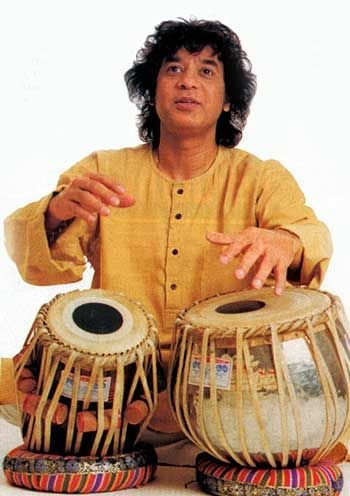
CONCLUSION
In conclusion, the tabla is a versatile and intricate instrument with a rich history and cultural significance. Its unique sound and playing style have made it an important part of Indian classical and devotional music, as well as film music. The current scenario of tabla is vibrant and dynamic, with many young and talented musicians keeping the tradition alive and experimenting with new forms and styles. The increased use of digital platforms has also allowed for a wider reach and increased exposure for the instrument and its players. However, the pandemic has affected the music industry and the tabla players, as many live performances and concerts have been cancelled or postponed. In any case, the tabla continues to be an important part of the global music scene and will continue to be so in the future.

